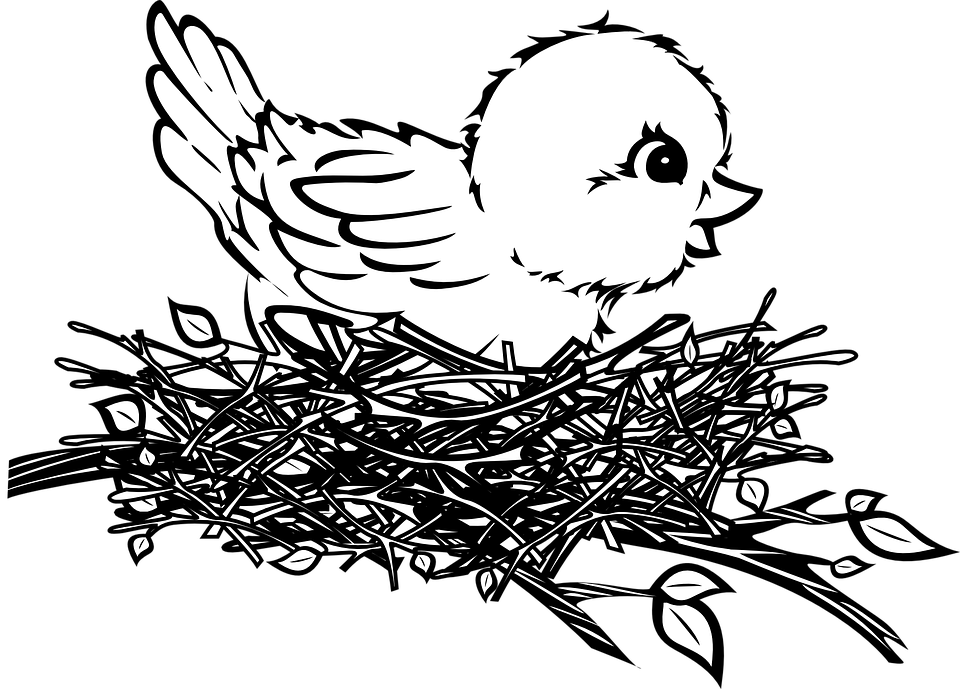Project ID: plumID:19.061
Source: diffusion_meta.dat
Originally used with PLUMED version: 2.5
Stable: zipped raw stdout - zipped raw stderr - stderr
Master: zipped raw stdout - zipped raw stderr - stderr
#Restart the simulation RESTARTActivate restart. More details
#Define the guest molecule in the simulation guest: GROUPDefine a group of atoms so that a particular list of atoms can be referenced with a single label in definitions of CVs or virtual atoms. More details ATOMSthe numerical indexes for the set of atoms in the group=169-186 guest_com: COMCalculate the center of mass for a group of atoms. More details ATOMSthe list of atoms which are involved the virtual atom's definition=guest #Define the cage centre of mass centre_com: COMCalculate the center of mass for a group of atoms. More details ATOMSthe list of atoms which are involved the virtual atom's definition=1-168 #Define the centres of the windows as the centre of the three phenyl H atoms in the window circle1: CENTERCalculate the center for a group of atoms, with arbitrary weights. More details ATOMSthe group of atoms that appear in the definition of this center=22,78,134 circle2: CENTERCalculate the center for a group of atoms, with arbitrary weights. More details ATOMSthe group of atoms that appear in the definition of this center=36,64,162 circle3: CENTERCalculate the center for a group of atoms, with arbitrary weights. More details ATOMSthe group of atoms that appear in the definition of this center=8,106,148 circle4: CENTERCalculate the center for a group of atoms, with arbitrary weights. More details ATOMSthe group of atoms that appear in the definition of this center=50,92,120 #Define distances between the guest centre of mass and the centres of the windows of interest d1: DISTANCECalculate the distance/s between pairs of atoms. More details ATOMSthe pair of atom that we are calculating the distance between=guest_com,circle1 d2: DISTANCECalculate the distance/s between pairs of atoms. More details ATOMSthe pair of atom that we are calculating the distance between=guest_com,circle2 #Define distances that will need energetic walls - these are the distances to the other two windows and the overall distance from the cage centre of mass d3: DISTANCECalculate the distance/s between pairs of atoms. More details ATOMSthe pair of atom that we are calculating the distance between=guest_com,circle3 d4: DISTANCECalculate the distance/s between pairs of atoms. More details ATOMSthe pair of atom that we are calculating the distance between=guest_com,circle4 dc: DISTANCECalculate the distance/s between pairs of atoms. More details ATOMSthe pair of atom that we are calculating the distance between=centre_com,guest_com lwalls: LOWER_WALLSDefines a wall for the value of one or more collective variables, More details ARGthe arguments on which the bias is acting=d3,d4 ATthe positions of the wall=0.25,0.25 KAPPAthe force constant for the wall=4500,4500 OFFSET the offset for the start of the wall=0,0 EXP the powers for the walls=2,2 EPS the values for s_i in the expression for a wall=1,1 uwall: UPPER_WALLSDefines a wall for the value of one or more collective variables, More details ARGthe arguments on which the bias is acting=dc ATthe positions of the wall=0.45 KAPPAthe force constant for the wall=3500 OFFSET the offset for the start of the wall=0 EXP the powers for the walls=2 EPS the values for s_i in the expression for a wall=1 #Deposit Gaussians, with the distances d1 and d2 as the collective variable meta: METADUsed to performed metadynamics on one or more collective variables. More details ARGthe labels of the scalars on which the bias will act=d1,d2 SIGMAthe widths of the Gaussian hills=0.01,0.01 HEIGHTthe heights of the Gaussian hills=1.2 BIASFACTORuse well tempered metadynamics and use this bias factor=15 TEMPthe system temperature - this is only needed if you are doing well-tempered metadynamics=300 PACEthe frequency for hill addition=500 GRID_MINthe lower bounds for the grid=-2.0,-2.0 GRID_MAXthe upper bounds for the grid=6.0,6.0 GRID_BINthe number of bins for the grid=4000,4000 PRINTPrint quantities to a file. More details ARGthe labels of the values that you would like to print to the file=d1,d2,d3,d4,meta.*,uwall.*,lwalls.* FILEthe name of the file on which to output these quantities=COLVAR STRIDE the frequency with which the quantities of interest should be output=2000


